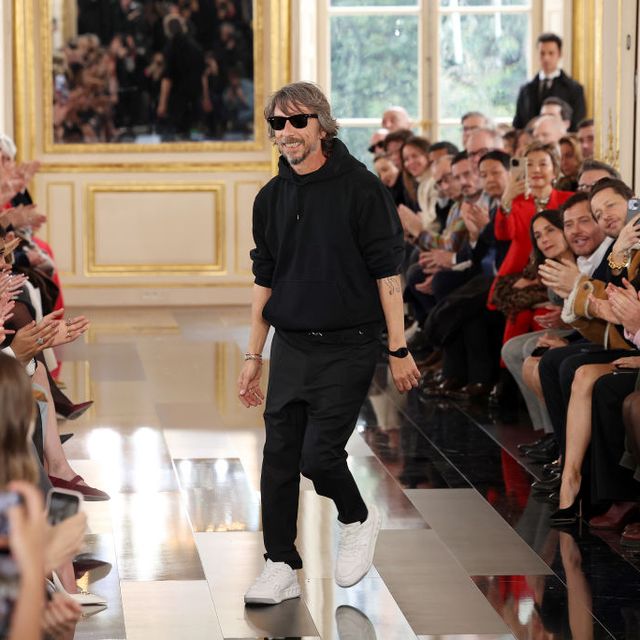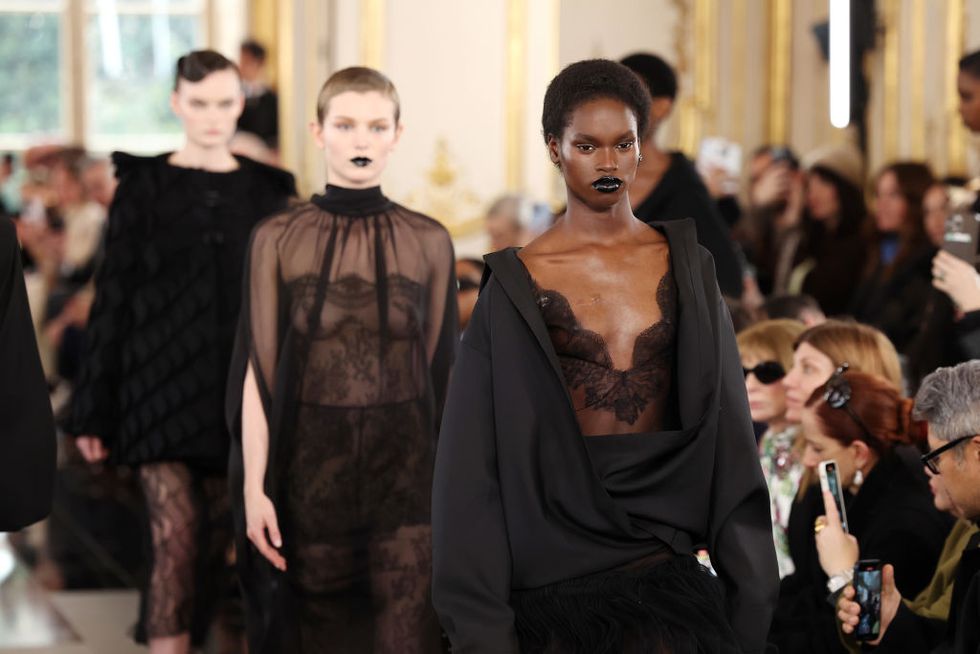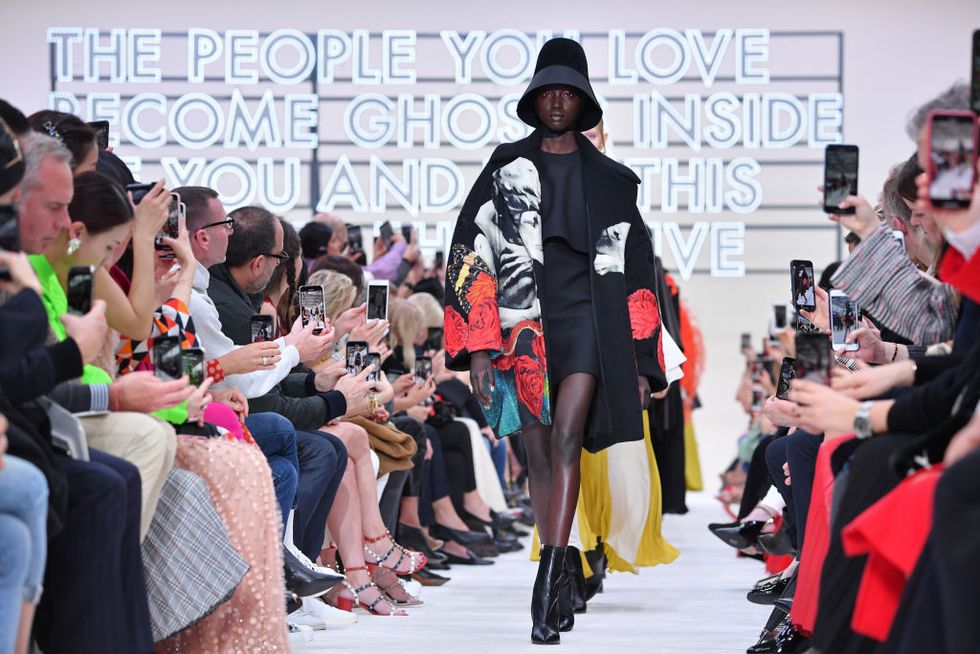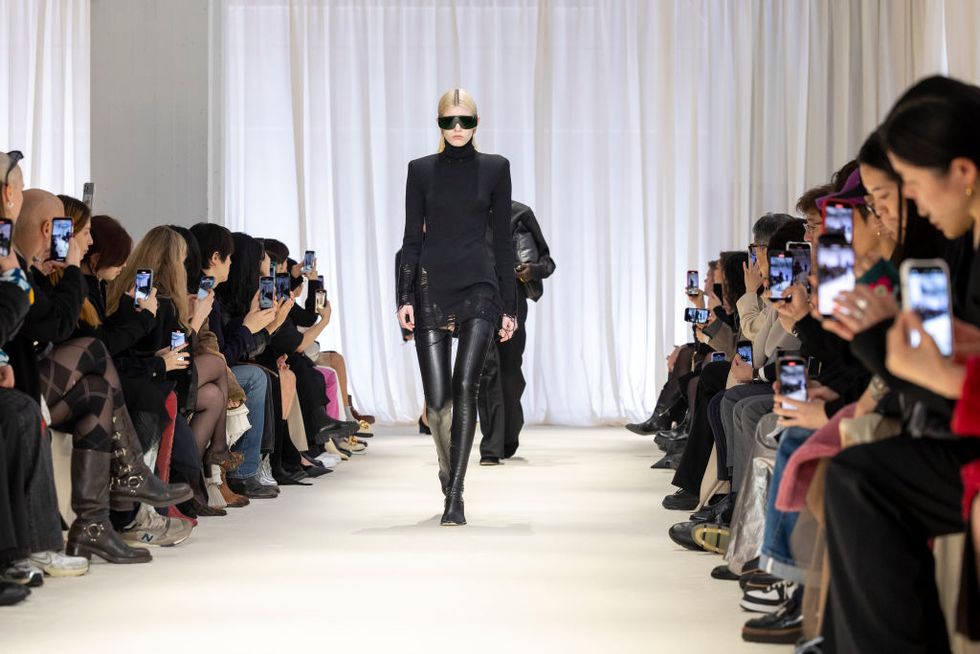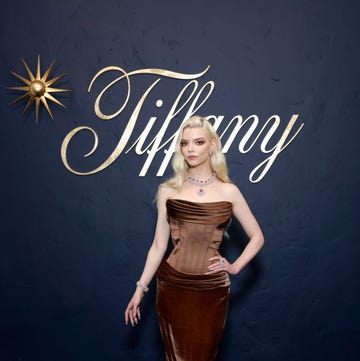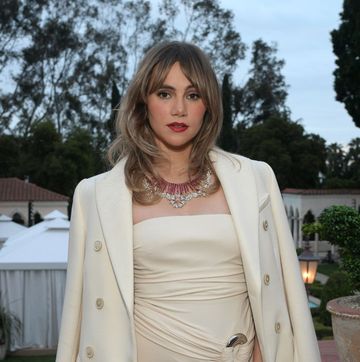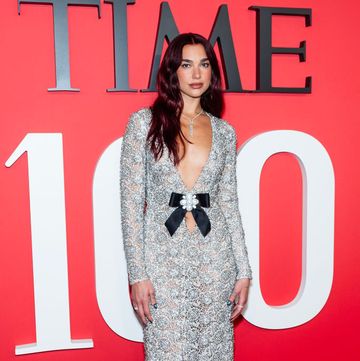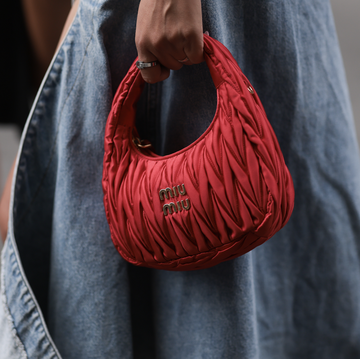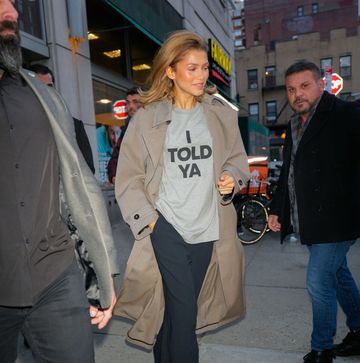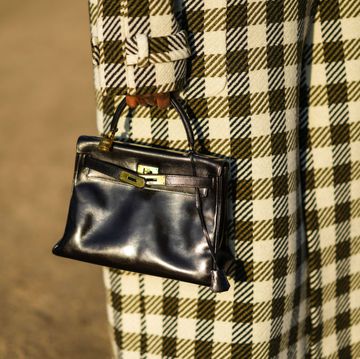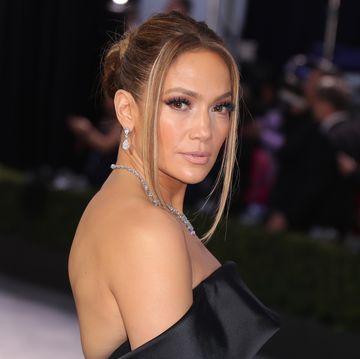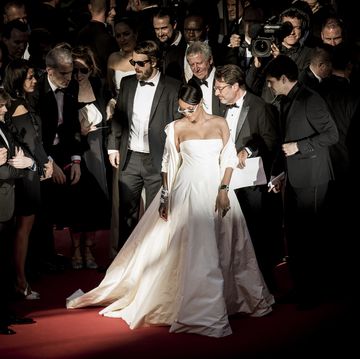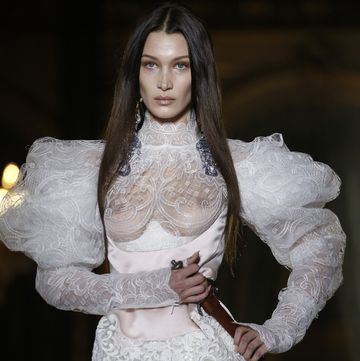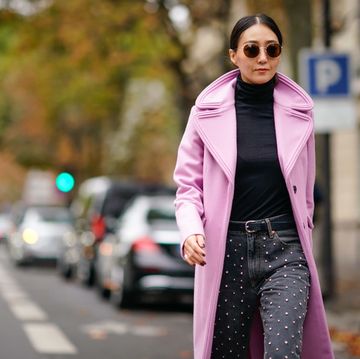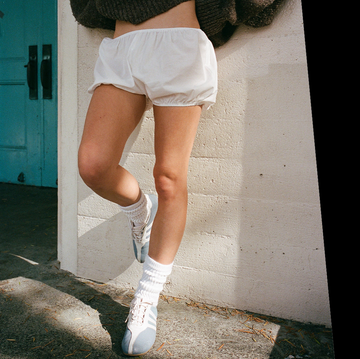When Pierpaolo Piccoli showed his beautiful, all-black autumn/winter 2024 collection for Valentino a few weeks ago in Paris, not many in the audience would have known that it would be his last for the Roman fashion house. We thought it was a monochromatic catwalk statement, in a similar vein to that spring/summer show doused in a Pantone-authored shade of PP hot pink, pre Barbiecore. In hindsight it was in essence a funereal farewell that felt even more poignant given Piccioli’s track record of celebrating colour (both in the clothes and in his diverse casting).
It was announced on Friday that Piccioli was to leave Valentino after twenty-five years. In a heartfelt message, Piccoli indicated the mutual feeling of his departure as he leaves, knowing that he has written an indelible chapter for the house. 'Not all stories have a beginning or an end, some live a kind of eternal present that shines so bright that it won’t produce any shadows,' his statement read.
FIND OUT MORE ON ELLE COLLECTIVE
After the initial shock of the news — and the many, many tributes reverberating on social media — all eyes turn to this period of creative director flux in fashion that has now been building up over the past few years. Valentino will now be entering into its transition period as it readies itself for the announcement of a 'new creative organisation.' Meanwhile, Gucci is waiting to yield dividends from the arrival of designer Sabato de Sarno (who had previously worked for Piccoli at Valentino for over a decade) against a backdrop of declining sales.
Other creative director appointments are also bedding in and still awaiting to get to some sure footing of stability. Sean McGirr’s debut at Alexander McQueen prompted furious conversation and criticism online that bordered on cruel, given he’s only been working at the house for two months. Givenchy and Lanvin, two other storied luxury houses also lie empty without creative directors.
The tumultuous nature of designer musical chairs reached the absurd when Walter Chappioni, departed Blumarine after showing just one show in February in Milan. Imagine getting one season (often a few months) to prove yourself at this elite level of creativity where you’re judged on one singular 10-minute fashion show, and then either resigning or getting fired once disagreements behind the scenes come to a head.
As a long-time fashion observer, I now feel intense trepidation when rumours of new creative director appointments are being bandied about. How long will they be given? How long do they want to stay? What are the metrics of success by which they are measured? Is it sales figures? Is it the reaction on social media? Is it general industry approval? Do these things even tally with one another?
The days when a creative director can permanently hold court at a brand like Karl Lagerfeld did at Chanel are long gone. Industry figures generally give creative directors a five-year cycle at a house, if that, as the result of the increased number of collections and products; the shifting demand for a creative director to be a designer, marketer, spokesperson and all-round profits magician; and the way the fortunes of so many brands have become beholden to corporate bosses and investors. Fashion is of course predicated on change and newness but at what cost to both the designers caught in these flux-ridden moments and also to the brands’ existing legacies?
On the flipside of designer comings and goings, Dries van Noten, the famed Antwerp Six designer, also announced he was stepping down from his own brand. His farewell statement points to a deliberately timed, graceful departure whereby after spending close to forty years growing his eponymous label from his hometown of Antwerp and establishing a way of doing things idiosyncratically at his desired pace, van Noten has decided that there is life after the height of fashion as he seeks to shift his focus to 'all the things I never had time for.'
Like the garden that van Noten is so fond of tending to, he now wishes his brand to grow with new talent. 'I have been preparing for this moment for a while, and I feel it’s time to leave room for a new generation of talents to bring their vision to the brand,' he wrote in a letter posted to Instagram. It leaves a vacancy that will be exciting but also tough to take over: those are some very big legacy boots to fill. Let’s hope his successor is given the creative freedom to breathe.
And so that leaves us with a guessing game of 'What’s next?' Everyday, my fashion-peer WhatsApp groups buzz with rumours, which makes one nervous as well as curious. The musical chair game with designers won’t stop. But maybe at this time when the world is questioning whether luxury fashion purchases are necessary amid the cost of living crisis, it’s a time when creative agility can once again prevail.
The shifts don’t need to be revolutionary. Look at the return of boho, instigated by Chemena Kemali at Chloe’s debut show in Paris. With a sheer chiffon blouse, a slouchy handbag worn on the crook of the arm and an insouciant attitude, the Chloe girl is back and we welcome her with open arms. Then, to see Kemali’s toddler son leaping into her arms as she took her bow was even more heartening, demonstrating how a working mother can succeed at the height of fashion’s CD game.
Will other female designer appointments follow suit? You’d hope so given the glut of talent at large: Martine Rose, Simone Rocha, Grace Wales Bonner, Molly Goddard to name but a few. But would they even want to take the reins at a big house? Perhaps their independence and autonomy is even more precious in this tempestuous period of creative director upheaval.
I think of the luxury of time which feels even more scarce in fashion. Following a slowburn period of redemption and creative recuperation, John Galliano showed a spectacular Artisanal collection for Maison Margiela in January on the banks of the Seine in Paris, themed around Brassai. The show essentially reintroduced the essence of who Galliano is as a designer to a new audience, with his deft penchant for dramatic mise-en-scène, dream-inducing clothes and a vision that managed to capture even the most fickle of social media audiences.
Beyond the theatrics, I was mesmerised in Margiela’s headquarters in Paris looking through the hundred-plus page development books of each look in the show and the amount of research that had gone into the collection. It took a whole year for that show to gestate. Now Maison Margiela will only show one Artisanal collection a year, which will inspire one ready-to-wear show that we see in September. That rhythm will naturally foster excitement. If only we saw more variations of showing seasonally in fashion.
ELLE Collective is a new community of fashion, beauty and culture lovers. For access to exclusive content, events, inspiring advice from our Editors and industry experts, as well the opportunity to meet designers, thought-leaders and stylists, become a member todayHERE.
